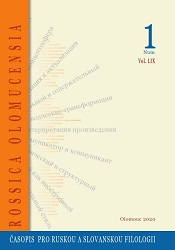
Марія Львівнa Дружинець Українське усне мовлення: психо-та соціофонетичний аспекти
Марія Львівнa Дружинець: Українське усне мовлення: психо-та соціофонетичний аспекти. Одеса, Одеський нац. ун-т, 2019, 580 с., ISBN 978-617-689-344-8
More...We kindly inform you that, as long as the subject affiliation of our 300.000+ articles is in progress, you might get unsufficient or no results on your third level or second level search. In this case, please broaden your search criteria.

Марія Львівнa Дружинець: Українське усне мовлення: психо-та соціофонетичний аспекти. Одеса, Одеський нац. ун-т, 2019, 580 с., ISBN 978-617-689-344-8
More...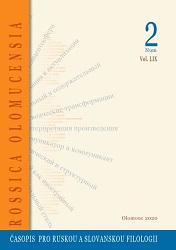
The review of: Аллa Петрівнa Романченко: Елітарна мовна особистість у просторі наукового дискурсу: комунікативні аспекти. Одеса, Одеський національний університет імені І. І. Мечникова, 2019, 541 с., ISBN 978-617-689-334-9.
More...
In the current paper, the authors, on the example of a multi-ethnic community in Georgia, discuss aspects of the relationship between language and ethnic identity and define different ethnolinguistic groups in this regard. Most ethnic minorities in Georgia attach special importance to the preservation of their native language and traditional culture, which is vital for cultural integrity. Many densely populated ethnic groups have retained their traditional culture, native language, and ethnic identity, however, some have lost their heritage language; there is also a group that has undergone an identity transformation for various reasons and even several times. Based on the examples regarding the Georgian multiethnic society, the article shows the role of language in the formation of ethnic identity and identifies the factors contributing to its transformation, either to the identity preservation or its change. These are ethnic environment, language and religion, type of culture, political background, time factor, type of settlement.Georgian reality is a good confirmation of the dynamism of ethnic identity, which changes over time depending on the goals of interaction and the situations in which individual groups find themselves.
More...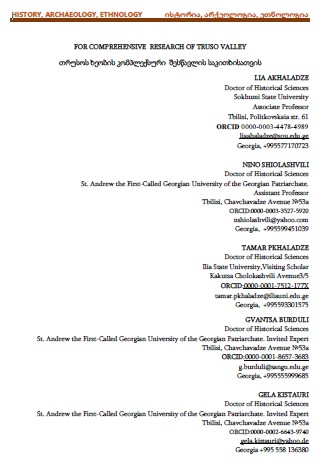
In our article we review a Georgian lingual and ethnic identity of the Georgian Muhajirs’ descendants in Düzce, Turkey. All the research materials are obtained by us during the linguistic field works in Turkey, Düzce and Sakarya region. In the article, all the Illustrative phrases in Georgian are transcribed with specific Latin-based transcription for Ibero-Caucasian Languages.The most part of Muhajir Georgians’ Düzce descendants have preserved the Georgian ethnical self-concept. Due to the code-switching process going on during 140 years the historical mother tongue is only spoken by the older generation; their knowledge of the Turkish language is mostly poor. The people of middle generation are usually bilingual speaking both Georgian and Turkish. The younger generation speaks only Turkish, which they consider more prestigious than the mother tongue of their ancestors. Based on our data, the identity of ethnic Georgians’ new generation is determined by the Turkish citizenship: one part of Muhajirs consider themselves “Turkish”. Such self-concept is conditioned by their free integration into the Turkish state through the Turkish language. Those who consider themselves Turkish are well aware of their Georgian origin.
More...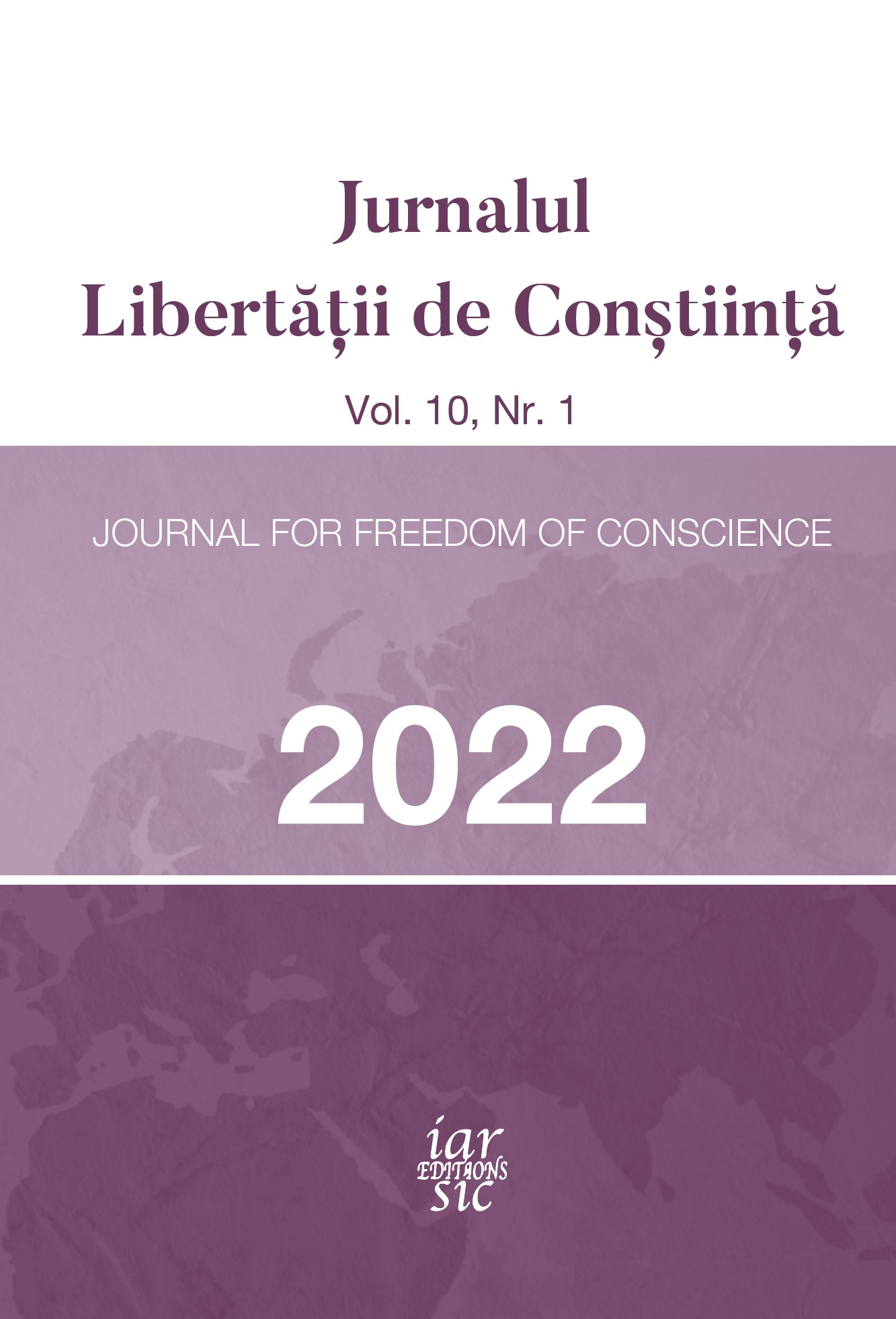
In the following paper, our goal is to present an overview of the sociologic, didactic and religious meaning of the word „value” starting from its base concepts and its configuration. Nowadays the term „value” is intensively used, by being a key concept in areas such as philosophy (the topic of study of axiology, for example, are the values and the value judgement), sociology and psychology. This word is used to denote objects, situations, actions and events (abstract ideas that embody social ideals), as well as to describe their properties: meaning, normativity, utility, and necessity. Given the polysemy of this lexeme, we will make a brief review of its semiotic grid by keeping its perception and influence over the fundamental acts of the human.
More...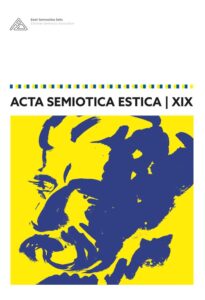
The article relies on the cultural semiotics of Lotman, which we bring to bear on political theory to develop a methodological framework of political semiotics. We synthesise the core categories of the Essex school (Laclau, Mouffe, and others) of political analysis and the Tartu–Moscow school of cultural semiotics. The synthesis puts forth a concrete methodological framework for analysing social/political reality by relating theories of power, governance, and democracy to the Jakobsonian model of communication. We call this method “political form analysis” – it is not the content (i.e., substance) of communication, but rather the form (hierarchical relations of the aspects of communication) that is the crucial focus of political analysis. We illustrate our approach by explaining the constitution of the COVID-19 crisis and its governance in Taiwan.
More...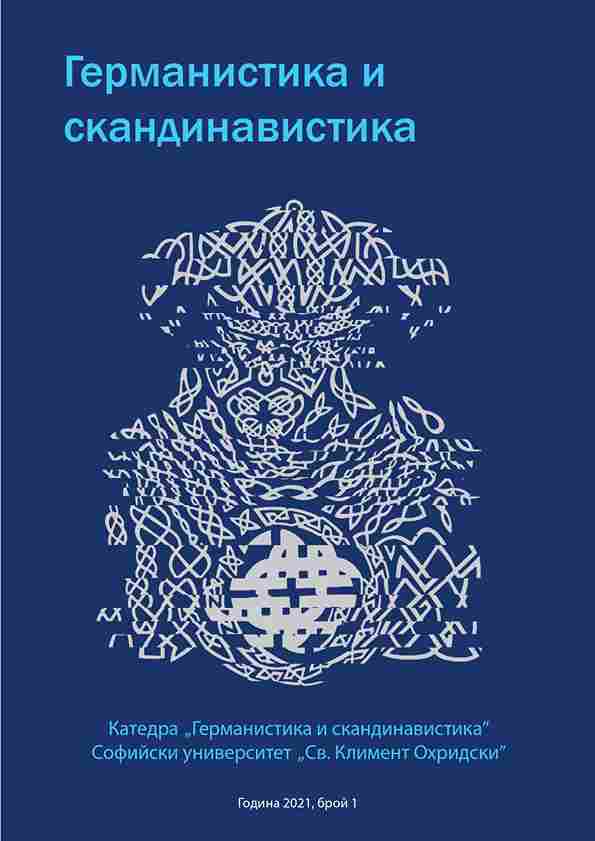
The article examines the demonstrative pronouns denna and den här; their description in Swedish grammars is compared with their use in newspapers and the speech of both younger and older native speakers of the language. The norm and deviations from it are discussed, as is the influence that the norm can have on the regional variants of the standard language.
More...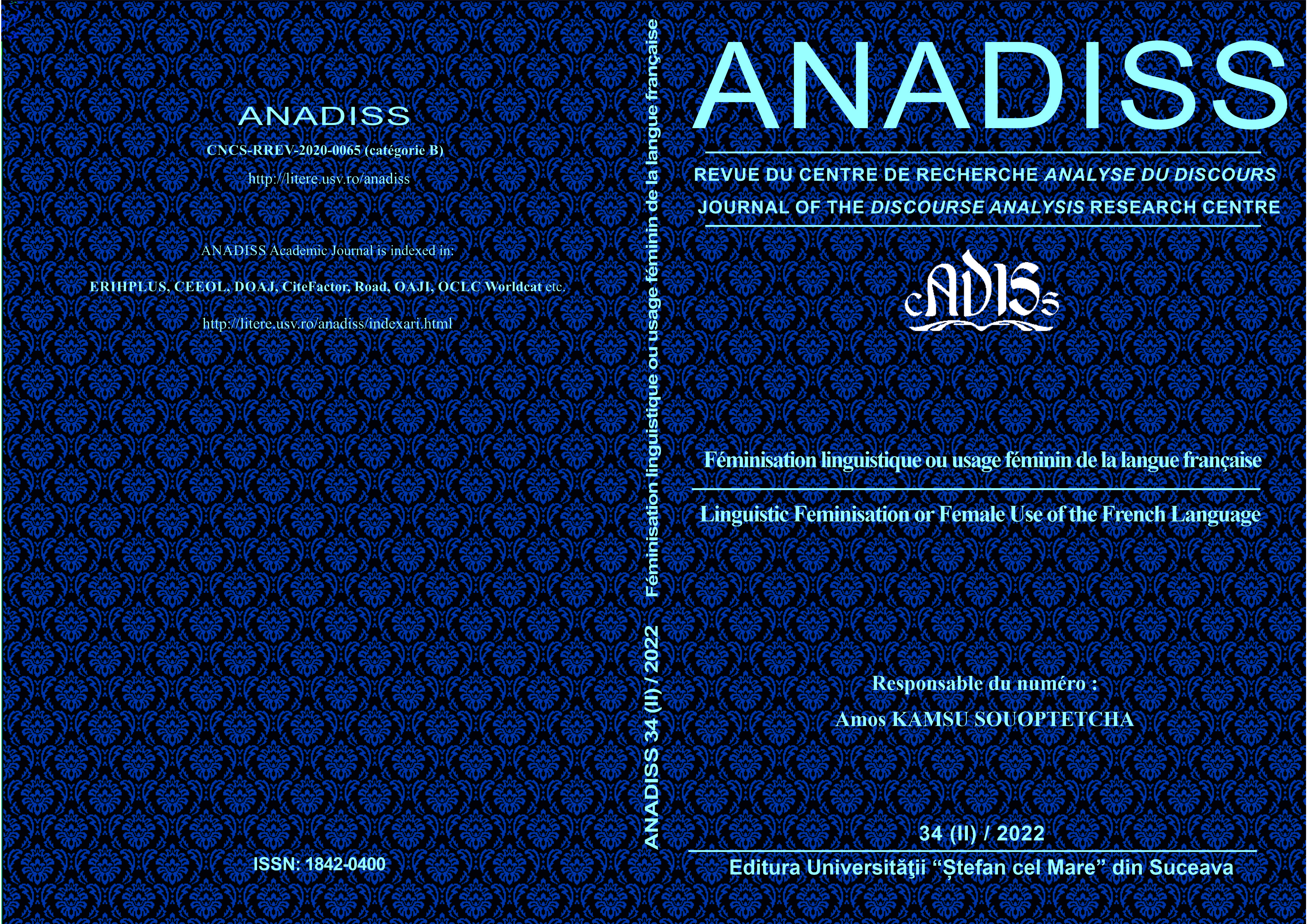
Questions relating to feminization in linguistics are increasingly topical in relation to the invisibilisation of women, the disproportion between male and female representations, LGBT+ media promotion and the "sudden need" to promote so-called inclusive writing. These concerns, which originated in the 18th century, are supported by the recommendations of the High Council for Equality (2015) and have an impact on the structural functioning of the French language. Such an avenue, which does not take into account the social specificities and the contexts of linguistic dissemination in the Francophonie, poses the problem of the dynamism of the French language, of its need to promote equity between male and female representations. This aspiration leads objectively to lexical creativity, the questioning of syntactic and morphological rules but also to a disruption of the grammatical norm.
More...
The feminization of terms and the grammar “rule of proximity” remain a topical issue for terminologists as well as discourse analysts. If the generic masculine prevails over the noun agreement, the communication context tends to challenge this statement. This paper examines the morphological variation of gender in professional names and analyzes its syntax from a phenomenological point of view. The analytic potential of subduction to syntactic feminization is studied here based on the theoretical framework of Psychomechanics. We use examples drawn mainly from the field of print media, especially the Cameroon Tribune. The final aim is to show that, as for the lexicon, subduction is also a specific modality of the general operation of syntax.
More...
The adaptation of French to sociocultural and linguistic contexts is no secret. This tendency to want to vernacularize French is found everywhere in French-speaking countries in Africa, as is the case in Cameroon,which stands out for its diverse use (for Tabi-Manga (1994) its use has several forms). The emergence of Cameroonian French can be seen in the media through the advertising discourse of mobile telephony in this country. These discourses have identified marks that show that it is a new expression driven by a certain communication freedom. Therefore, advertising gives both to communicators and to consumers, a certain linguistic freedom which bringsout an extraordinary way of speaking. Thus, we want to focus our reflection on the linguistic practices that take place on the Facebook social network with the aim of questioning the French used during interactions between advertiser sand consumers. The question that arises is that of knowing how this speaking manifests itself. We want by this article to describe the mechanisms of functioning of French on the internet, we have identified for this purpose the speech estate on the Facebook page of the MTN and Nexttel brands which benefit from a treatment in speech analysis. Also, we are going to submit our corpus to a semiological analysis grid introduced by Joly (2015). In the end, the analysis of this practice of French on Facebook allows us to see that these mechanisms are deployed on the lexical and semantic levels that we are going to apprehend.
More...
This paper mainly investigates the differences between men and women in English language from the aspects of pronunciation, vocabulary, syntax and communications. This paper also analyses the possible physiological, social, cultural and economic reasons for the gender differences in English. It is believed that the different roles played by men and women in society affect their speech styles and result in the gender differences in language.
More...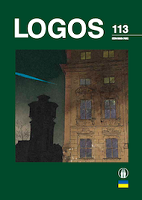
The article analyzes neologisms of the military sphere, functioning in mass media and Internet communication within the period of the armed struggle in Ukraine, starting from 2014 up to 2022. The vast majority of such units are an effective tool of information warfare, as they are stylistically marked. They are the creative formations and serve to express the intentions of the author: to give an assessment to certain persons and phenomena, to express an attitude towards them, to clarify the role and place of a phenomenon, event or person in the life of the country and the world community. The main sources of replenishment of the new military vocabulary being analyzed in the paper are the following: word formation, new borrowings and the actualized words. Considerable attention is paid in the article to the ways of word formation of military neologisms, among which the author singles out productive (semantic derivation, suffix method, abbreviation, composition, word-composition) and unproductive (prefix method, telescoping, blending) ones.
More...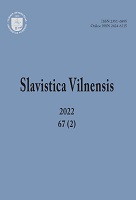
On September 8–10, 2022, the VI International Scientific Conference of the Commission on Sociolinguistics, accredited to the International Committee of Slavists, from the series “Slavic languages in a Sociolinguistic Aspect” was held at the Faculty of Philology of Vilnius University. The conference was organized by the Centre of Polish Studies of the Faculty of Philology of VU. 71 reports discussed the most pressing problems of sociolinguistics, ethnolinguistics, cognitive linguistics, widely and diversely reflecting the wide range of questions of the conference. Information about the conference, theses of the participants' presentations are available on the website http://www.sociolingvistika2022.flf.vu.lt/
More...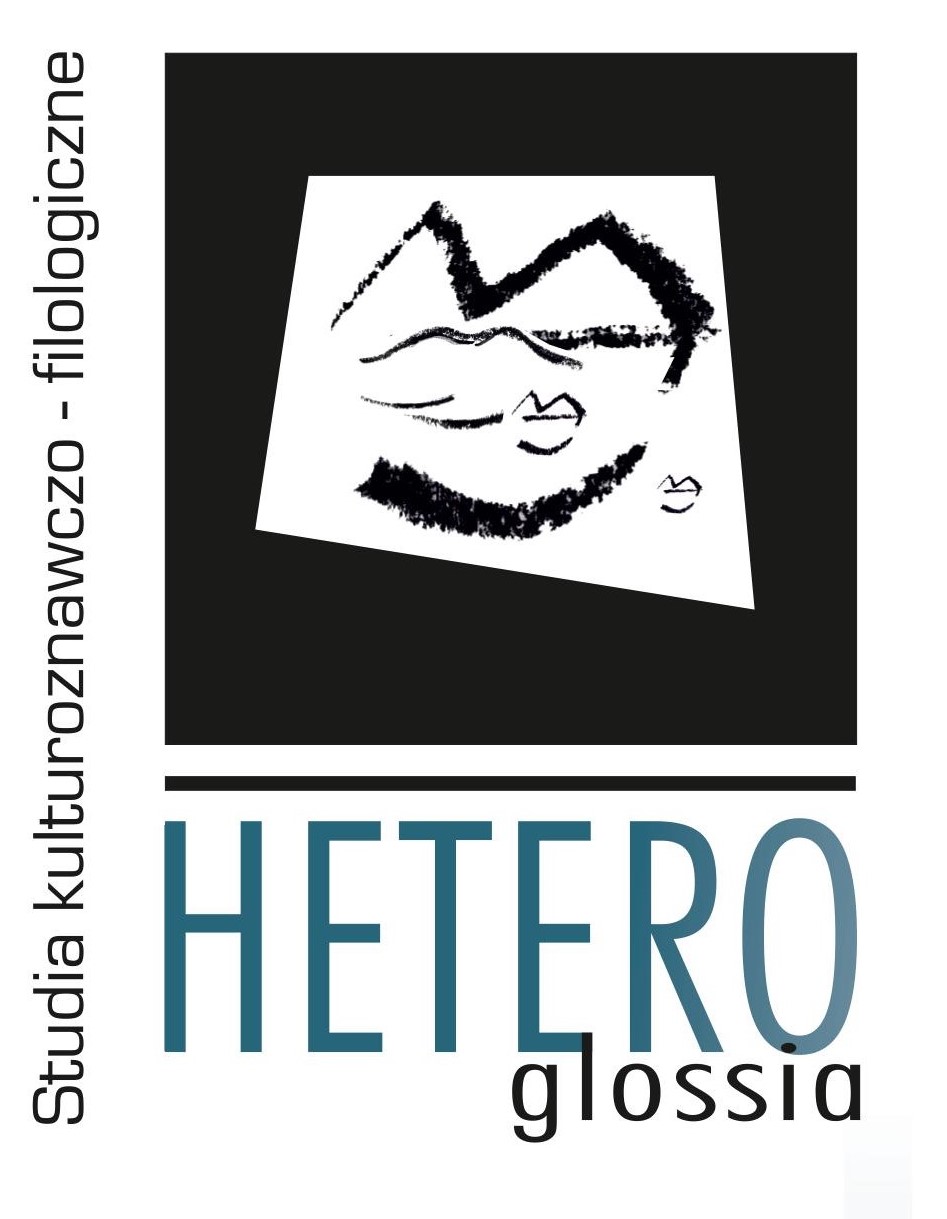
The article presents a way of evaluation of obese people in the Wordnet (Słowosieć)− a relational semantic dictionary of the Polish language available on-line at http://plwordnet.pwr.wroc.pl/wordnet/. Three dimensions in which an obese person is evaluated are analyzed:appearance, activities undertaken, relationships with the environment. The study shows thatthe obese person is too big, common, clumsy, annoying and disgusting. Obese people do nottake care of themselves, because they are lazy. Lexicon characterized obese people is valuednegatively, which can be seen both in expositions, emotional annotations „strong negative”,„weak negative”, as well as in examples of use.
More...
The aim of the research presented in the article has been to analyse selected Polish Internet memes concerning Russia and Russians, as well as to present the image of Russia and Russians emerging from the analysed memes. The research material has been obtained from Internet websites: demotywatory.pl, memy.pl, and besty.pl. It has been divided into thematic groups and subjected to the analysis. The findings of the research are not surprising. Internet memes sustain the stereotypes functioning in Polish society regarding Russia and Russians, superficially address the topic, high- Wizerunek Rosji i Rosjan w polskich memach internetowych 127 light antagonisms and occasionally distort reality. The image of Russia and Russians emerging form the memes shows that in fact Polish people know neither their neighbours nor their neighbours’ country, and they merely reproduce common opinions.
More...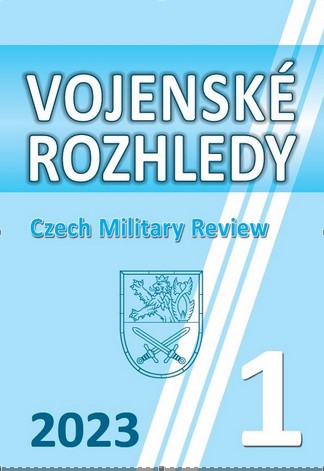
The article describes how one standard set for language testing is perceived in Visegrad countries and how it is transformed into designing their language proficiency tests. It focuses on analyzing the methods of how the four countries use the identical descriptors to develop their own distinct tests. In their comparison and analysis, the authors concentrate on the test format, testing methods, tester training, and assessment techniques. The gathered data have shown some similar approaches to test design and administration, however, some differences in certain aspects were also observed.
More...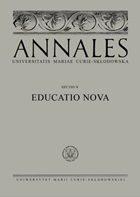
The article presents the results of author’s empirical studies on orthographic skills represented by pastoral theology students and the Polish philology students. The former were the students of six clerical seminaries in Bialystok, Olsztyn, Opole, Katowice, Krakow and Wroclaw, and the latter belonged to Polish teacher training section. The subject of the study was the spelling of religious vocabulary (the use of block and lower capitals). There were indicated the rules that appear to be the most difficult for the respondents, and the level of their orthographic skills was determined. In conclusion, the postulates that resulted from the analysis of the language material collected during the studies, were formulated.
More...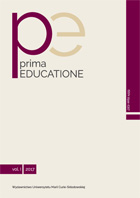
The article tackles Jan Brzechwa’s first works addressed to children. The author presents the moment the collections Tańcowała igła z nitką and Kaczka Dziwaczka were created. The primary aim of the article is to show how Brzechwa’s first works of children’s literature collected in the above mentioned books were received by educators and literary critics. Another objective of the study is to depict how these books became a part of the national literary culture, using selected examples. The author achieved this goal by examining selected poems and showing how they gained popularity through reeditions issued by popular publishing houses, publication in anthologies of children’s literature, audiobooks read by popular actors, songs, on the Internet. The final aim of the article is to show to what extent quotes from Brzechwa’s selected works permeated the Polish language and became an essential part of the linguistic experience of contemporary Poles.
More...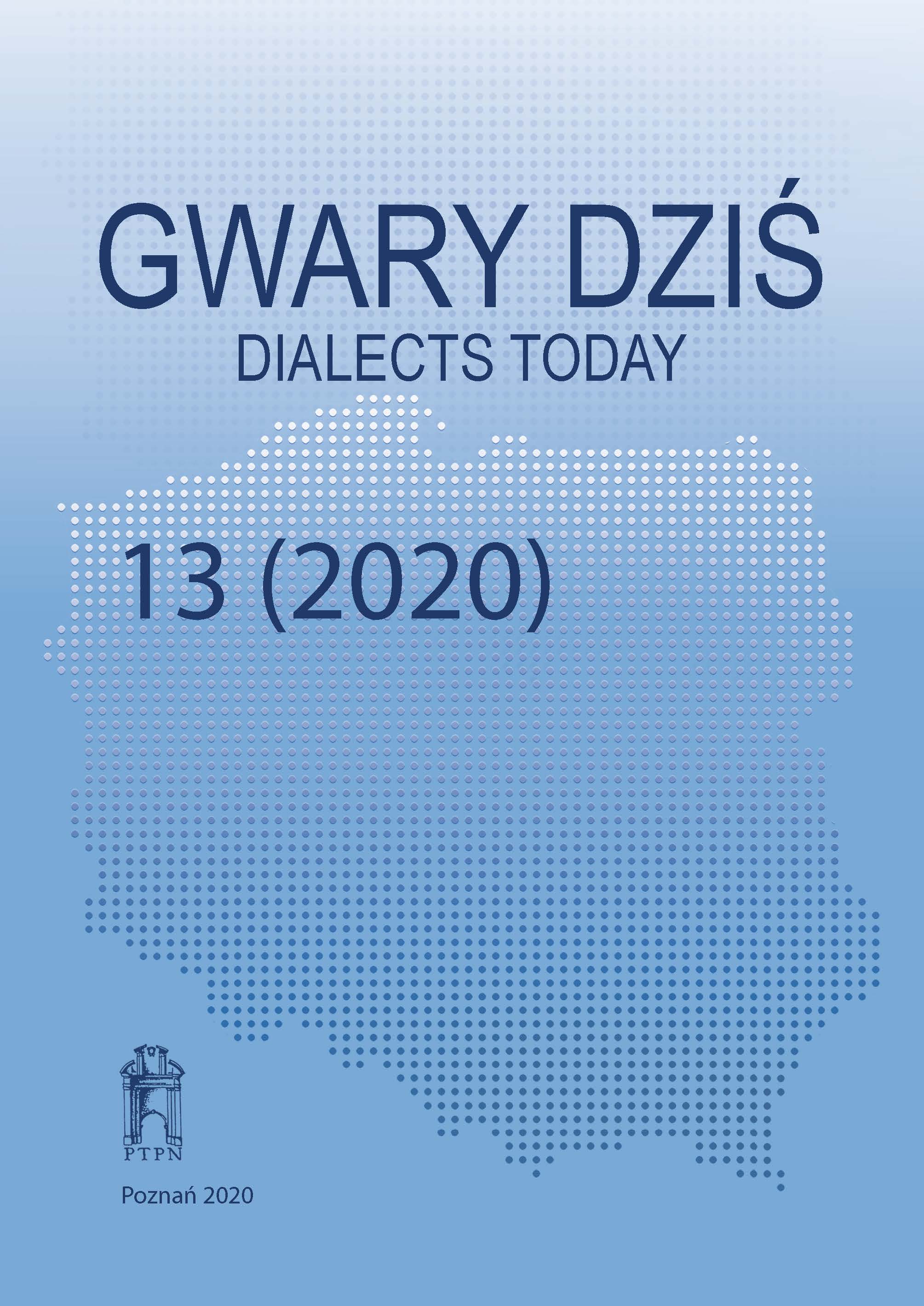
This article presents the issue of synonymy in dialects. The phenomenon is viewed in acontext of contemporary dialectal lexicographic descriptions and the abounding material excerpted from acorpus of a dialect spoken in a single village in Wielkopolska (bukówiec Górny, Leszno county). If we agree that synonymy is a stylistic phenomenon, c h o i c e gains in importance as the prerequisite for a synonymic relation. The presented analyses indicate that a proper synonymic relation in dialects oc-curs only on the level of idiolects.
More...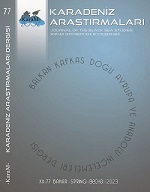
Historical texts are a fundamental tool for diachronic language researchers. They can offer us clues about the internal structure of the language in question, as well as information about historical events – especially social and cultural issues of the period. In the context of Turkish, Evliyâ Çelebi's Seyahatname is a treasure trove. Evliyâ Çelebi's Seyahatname is an excellent example of 17th century Turkish, and is packed with trinkets about how Turkish then was actually spoken, dialects, and even other languages owing to to the sensitivity of its author. Evliyâ Çelebi talked about dialect and language both directly and indirectly to give his readership a complete picture of the times he was living in. Studying it allows us to learn more about how Turkish (and other tongues) evolved, be it in terms of phonetics, morphology, syntax, lexicon, semantics, or otherwise. In this study, we aim to dive into Seyahatname and explore all of that holistically, with a heavy emphasis on dialectology and context.
More...